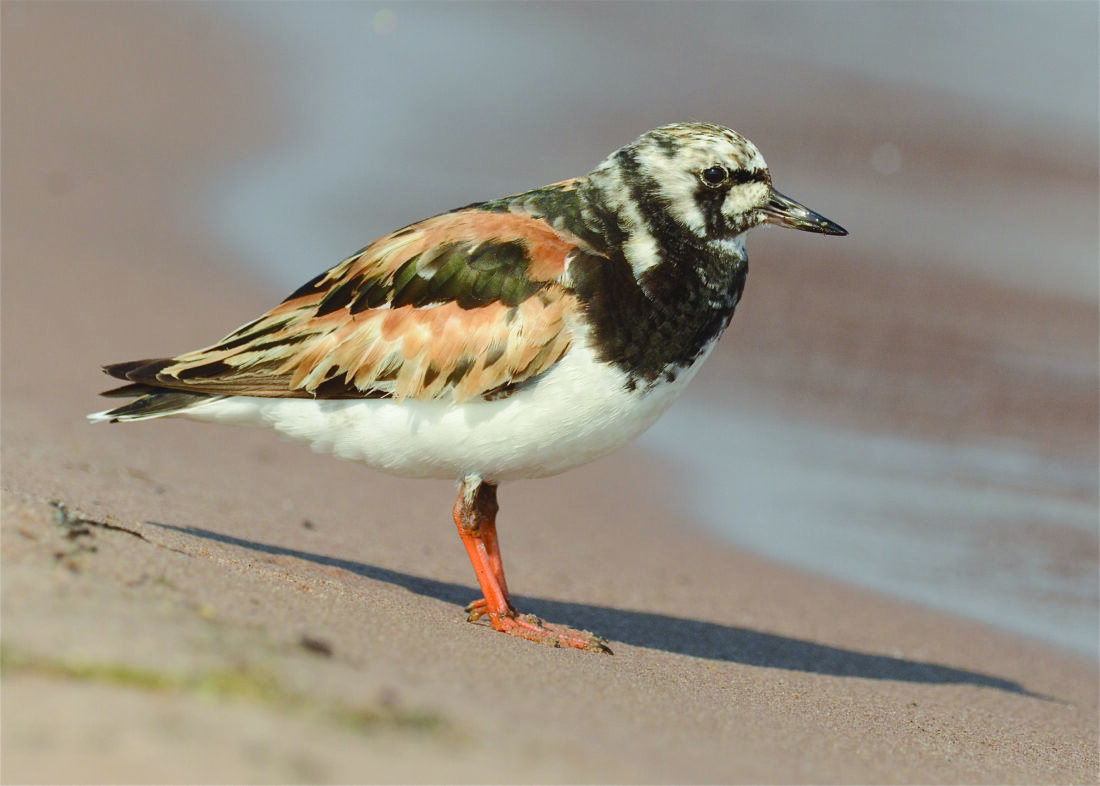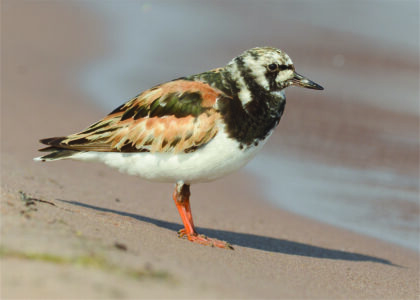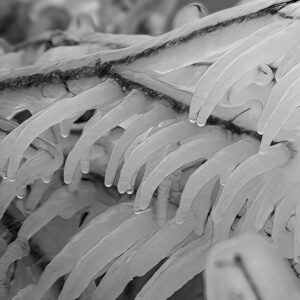What’s Flying: Lots to see in this autumnal side of summer

SCOT STEWART
“It is the glistening autumnal side of summer. I feel a cool vein in the breeze, which braces my thought, and I pass with pleasure over sheltered and sunny portions of the sand where the summer’s heat is undiminished, and I realize what a friend I am losing.” – Henry David Thoreau
Well, it is not quite the end of summer, but in some ways, it has certainly seemed that way. Plenty of temperatures in the 60’s, schools starting classes, and lots of rapid paced travels to catch the last of summer vacation. Birds seem too to be dashing to catch all they can as well. During several stretches between rainstorms during this past “cold snap” area bird feeders in Marquette have been extremely busy. One feeder station reported as many as four rose-breasted grosbeaks have been joined by mourning doves, house finches, black-capped chickadees, northern cardinals, downy and hairy woodpeckers, all year-round residents. But crowds like that often draw other species and that has happened.
Migrating is in full swing for a number of bird species, and mixed flocks like the ones in Marquette and elsewhere across the area drawing in other species. While most of the area’s ruby-throated hummingbirds appear to have left a few are still passing through, possible migrants from Canada, or local birds still fattening up for the trip south. A number have been in the Marquette area this past week.
Common grackles have been busy at feeders, but they too appear to be on the move from the area. Warblers are moving through too with American redstarts, Nashville and Cape May warblers seen on the East Side of Marquette. A possible alder flycatcher also spent time at a feeder station, not at feeders, but hunting insects nearby. A broad-winged hawk also appeared at the feeder station several days before that. Common yellowthroats, northern parula, yellow-rumped, magnolia, yellow, and Cape May warblers have also been seen this past week in the Marquette area.
A report from Hawk Ridge near Duluth, Minnesota last Friday reported a stream of around 15,000 common nighthawks migrating southward over the west shore of Lake Superior near Duluth. It prompted Upper Peninsula birders to watch the early nighttime skies for them, and it yielded a numerous reports from Menominee, Dickinson and Marquette Counties. A small group was seen in Marquette on Tuesday night right at sunset. Many follow the Great Lakes shorelines where good numbers of aerial insects can sometimes be found to help the nighthawks on their long migration flight to southern South America.

A ruddy turnstone looks on. (Scot Stewart photo)
Although it is difficult to find and estimate local nighthawk populations due to their cryptic coloration, it is thought the common nighthawk numbers dropped approximately 48% from the late 1960’s through 2020. Once relatively common in Marquette County, they are difficult to find during the summer in the area.
Shorebird migration has also been rewarding to observe too. Whitefish Point continues to be quite good. In addition to the more common species passing through the U.P., ruddy turnstones, whimbrels, Baird’s and pectoral sandpipers have been seen. Last Sunday 55 godwits were seen. On Saturday, a particularly good day, 3258 red-necked grebes were also tallied. The Point has also seen several jaegers pass through. These are dark, predatory gulls returning from the Arctic and nearly always flight through the U.P. without stops.
The Lower Harbor has also seen a great variety of birds, especially along the breakwall despite the construction activity at the end of the concrete portion of the structure that has included a large barge with an impressive crane and even a concrete mixer truck. Over twenty plovers and sandpipers, including a ruddy turnstone were seen on Tuesday. Barn swallows, savannah and song sparrows were also found along the open concrete portions and one birder counted over 800 gulls on the rocky portion.
Fall offers chances to see many birds in various stages of molting into fall plumage. Most of the sandpipers and plovers are well on their way to paler colors better suited to blending into sandy beaches on their way south and on winter ranges. Some are still clearly in-between, and a few are still bearing most of their summer feathers. One of the most interesting is the ruddy turnstone. While their non-breeding plumage is mostly dull browns, blacks, and tans, breeding feathers are cinnamon, black and distinctive whites, so looking for them offers two joys – finding these rarer for the area birds and finding what stage their molt was.
Perhaps the best birds seen off the breakwall. Both red-breasted and common mergansers were found fishing alongside the wall and at least four Bonaparte’s gulls were seen fishing on the lake side of the breakwall. They circled between the rocky portion of the breakwall and the open waters halfway to the small beach near the lighthouse. Occasionally they dove into the water and would sit on the water, but a closer look revealed they were catching a few fish and eating them as they floated on the surface.
One of the best U.P. birds this past week was a red-necked phalarope found at the Chatham sewage lagoon last Tuesday. It was in non-breeding plumage. Very rare in the U.P. these shorebirds summer in Alaska and the northern half of Canada. Their winter range is the Pacific off the coast of Peru and Ecuador. Eastern birds migrated down the Atlantic Coast and cross over the Caribbean to reach the Pacific. Just a few cross over the eastern and central U.S. It is just a super time to see all that is currently in
- SCOT STEWART
- A ruddy turnstone looks on. (Scot Stewart photo)




